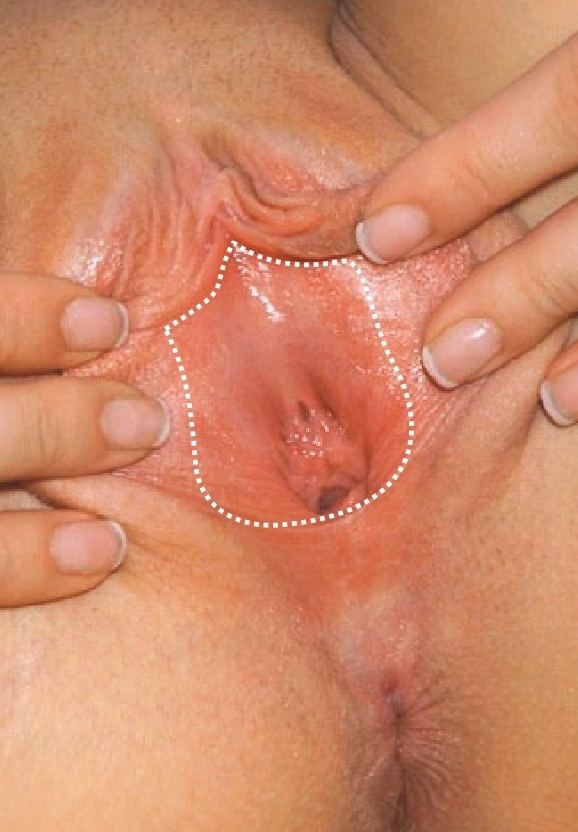Latin vestibulum vaginæ FMA 19970 | TA A09.2.01.011 | |
 | ||
Precursor Urogenital sinus Part of Vulva System Female reproductive system TA2 3558 Similar Clitoris, Labia minora, Labia majora | ||
The vulval vestibule (or vulvar vestibule) is a part of the vulva between the labia minora into which the urinary meatus (urethral opening) and the vaginal opening open. Its edge is marked by Hart's line. It represents lower end of urogenital sinus from stage of embryo.
Contents
Opening structures
Structures opening in vestibule are: urethra, vagina, Bartholin's glands, Skene's ducts.
The external urethral orifice (orificium urethræ externum; urinary meatus) is placed about 25–30 mm (1-1.2 in.) behind the clitoris and immediately in front of that of the vagina; it usually assumes the form of a short, sagittal cleft with slightly raised margins. Nearby are the openings of the Skene's ducts.
The vaginal orifice is a median slit below and behind the opening of the urethra; its size varies inversely with that of the hymen.
To the left and right of the vulval vestibule are the labia minora. In front of it are the clitoral hood, frenulum clitoridis, and the clitoral glans. Posterior to it is the posterior commissure of the labia minora and the frenulum of labia minora.
The sides of the vestibule are visible as Hart's line on the inside of the inner lips. Hart's line is the outer edge of the area and marks the change from vulvar skin to the smoother transitional skin of the vulva.
Pathology
The prevalence of pain at the vulvar vestibule is relatively common. A study by the University of Michigan found that about 28% of women have experienced vulvar vestibular pain in the past, and about 8% had the pain in the last 6 months.
